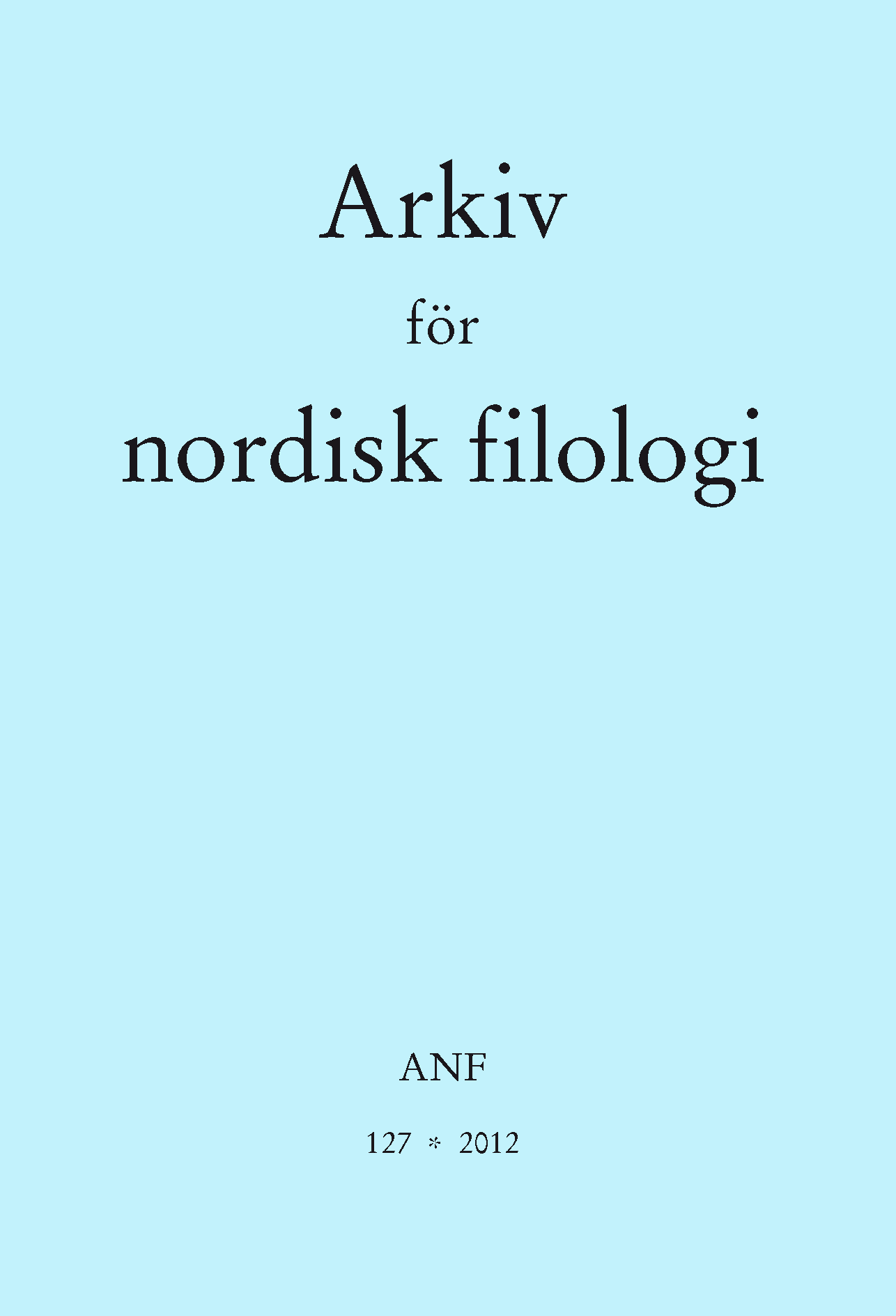Från sancte Matthei dagh till 21 september
Kalendariska tidsuttryck i nordiska under senmedeltid och reformationstid
Abstract
During the 16th century, and thus late in a European perspective, the Scandinavian language usage went from normally giving dates according to the church year calendar (each day having a name of its own, mostly referring to a saint) to normally giving them according to our modern calendar (numbering the days within each named month). The present investigation shows how this transition more exactly proceeded within Danish, Swedish and Icelandic – how the new time expressions first were used only by a few pioneers in the beginning of the century, most likely influenced by the renaissance, how they then gained ground in central parts and among the élite of Sweden (rather abruptly) and Denmark (more successively) some decades later, and how they conquered more periphere areas only in the late 16th century. It is also shown how the two types of time expressions were structured in detail – how the old church year ones never gained a standardised format, different genres displaying somewhat different structural tendencies, but how the modern ones on the other side were rapidly shortened to that standard format we now are used to, though by no means present in their earliest Scandinavian usage.


